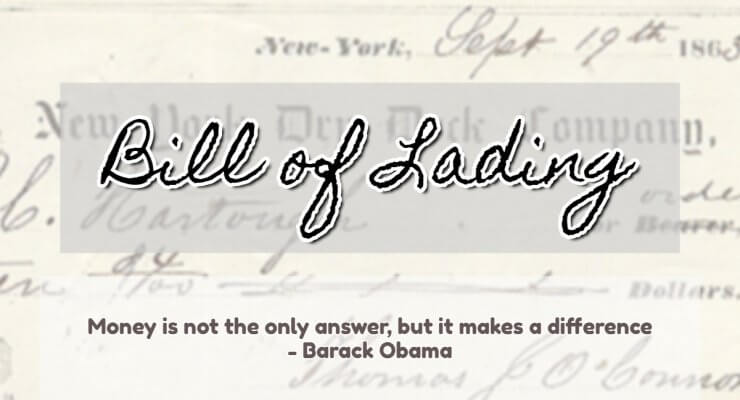Bill of Lading A Bill of Lading is a receipt for goods either received (before shipment) or shipped on board.Is a good evidence of the existence of a contract between the shipper and carrier. It is not a true contract since only one party signs it. Is a document of title, signifying that the holder has the legal right to possession of the goods it describes. Right to possession is different from the right to ownership, which is determined by the terms of the sale contract. May, depending on how Bill of Lading is made out, be negotiable i.e. transferable to a third party so as to … [Read more...]
What is VEF (Vessel Experience Factor) ?
The VEF is a factor to account for residual inherent measurement imprecision associated with ships's calibration and residual random measurement variations (both ship and shore). The VEF is a computation of the history of the Total Calculated Volume (TCV) loaded by the vessel adjusted for OBQ or ROB, compared with the TCV of shore measurements, typically a Bill of Lading in order to compute a load port VEF for the vessel.The VEF should always be used by the vessel to assess if the Bill of Lading quantity is reliable. It may also provide an indication of potential shortages on outturn at … [Read more...]

